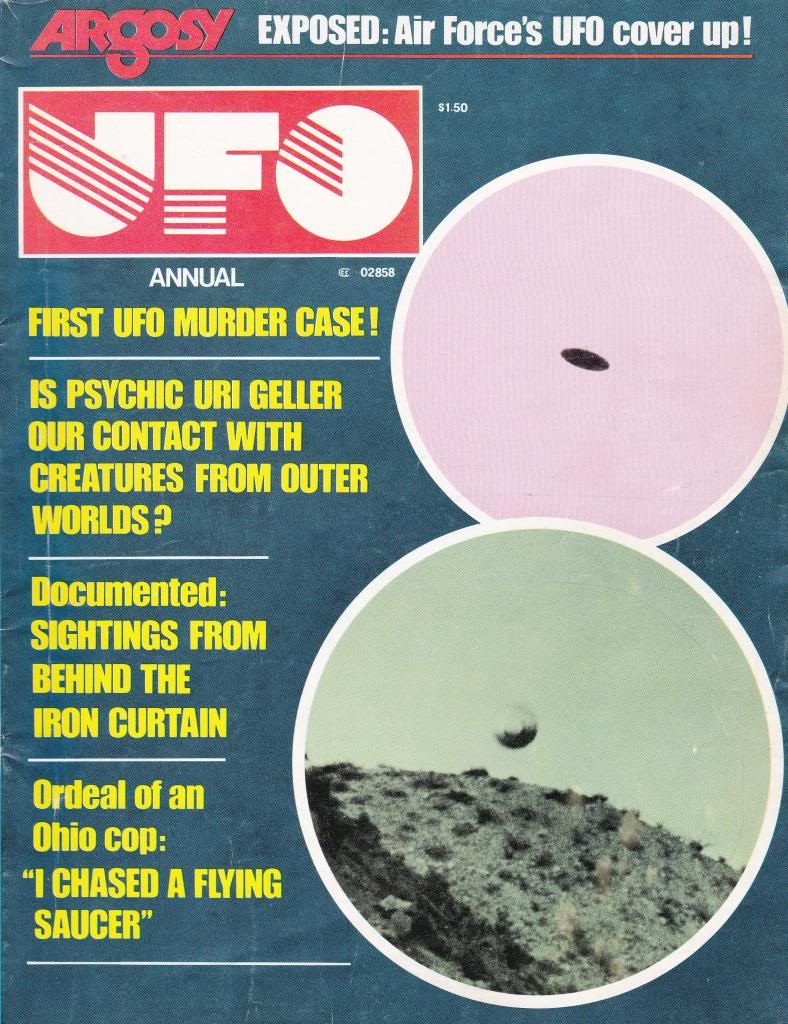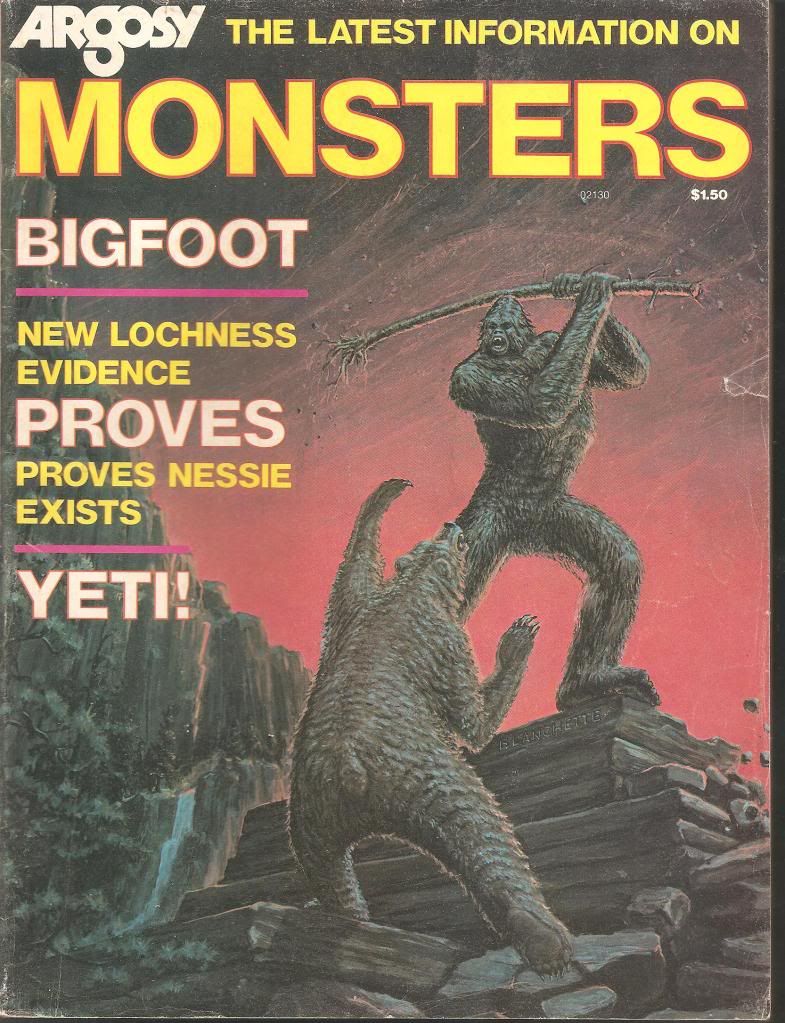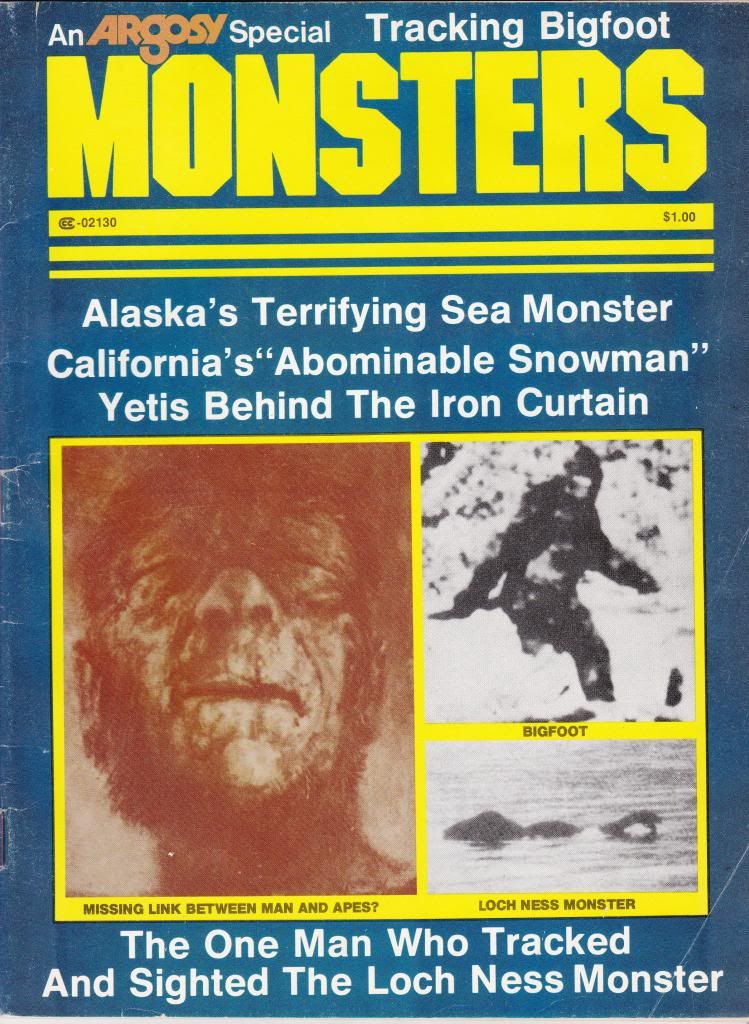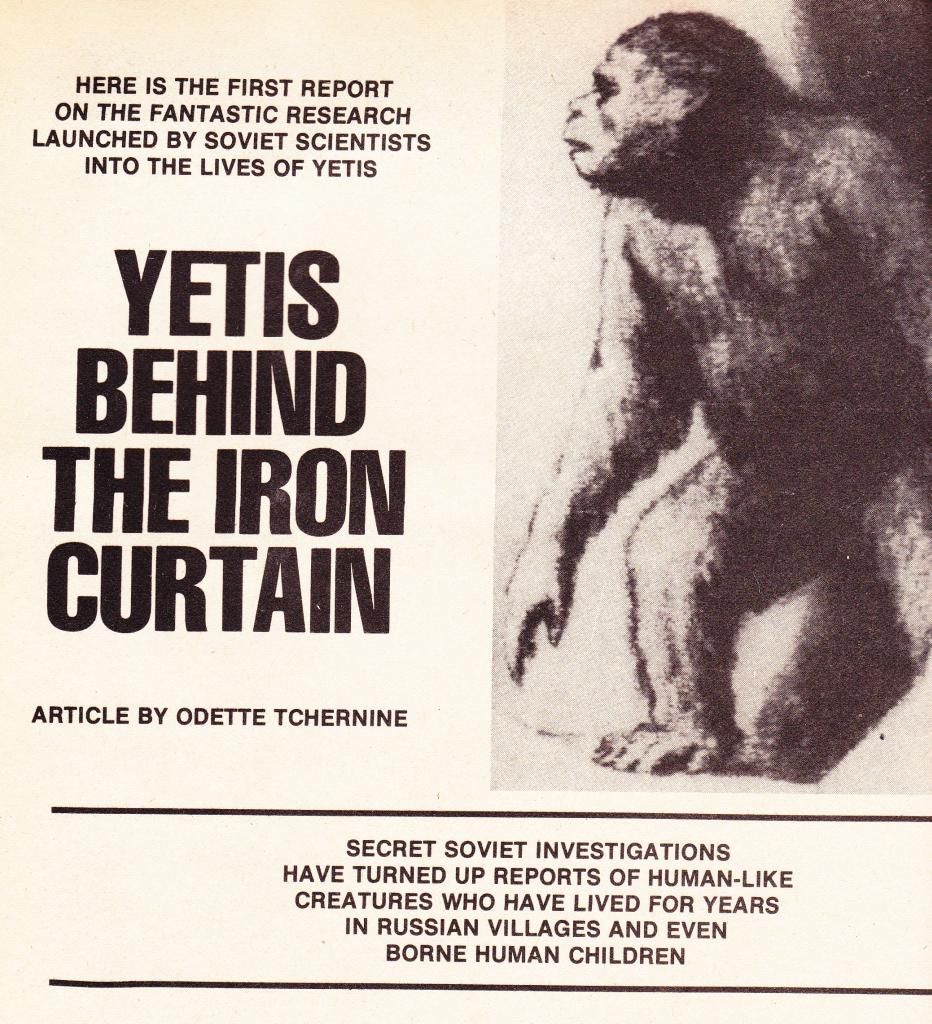 |
| November 1973 |
By the late 1940s, pulp mainstay The
Argosy (not long after it's purchase by Popular Publishing) had ceased to be the all-fiction weekly that had proved so
successful in years past. Even earlier, in the years immediately preceding World War II, an all-fiction approach had been dropped in favor of adding sensationalized predictions concerning possible ways America could be drawn into the escalating war in Europe. The title's physical dimensions had been increased, page number decreased, and the quality of interior paper augmented, in an effort to better blend with the increasing number of non-pulp titles on the newsstand shelves. In attempts to compete with the "slicks" which were gaining in popularity at the time,
Argosy underwent a number of changes to its content in the 50s and 60s. The science fiction, westerns, action and other
fiction genres were replaced with articles about hunting, real-life adventures
and other topics created to cater to the “men’s magazine” crowd. Such transitions were not limited to
Argosy; other pulp stalwarts such as
Blue Book and
Adventure (also owned by Popular) were eventually reformatted into general interest or men's interest publications. By the late
1960s,
Argosy adopted the form it would hold until its cancellation, that of a hodge-podge
of articles and special interest pieces, covering everything from “Wisconsin’s
Abominable Snowman” (April, 1969) to how to “Pick the Winning Horses By The
Stars” (October, 1974) to “What You Need To Know To Bag a Bear” (July, 1975).
 |
| 1975 |
In addition to its regular issues,
Argosy also released several specials and mini-series, ranging in
topics from collections of science fiction, to sports, to martial arts, to shark
attacks. Some of the most interesting (in my mind) of these auxiliary issues
were those dealing with the paranormal, and monsters and UFOs in particular. While probably not as large as the Flying Saucer craze of the early 1950s, the paranormal became a popular genre of both entertainment and non-fiction studies in the late 60s, and throughout the 70s. Erich Van Däniken's 1968 book
Chariots of the Gods? helped popularize (some may say create) the "ancient astronaut" theories that still circulate today. On television, three hour-long documentaries narrated by
The Twilight Zone's Rod Serling, and based in part on Van Däniken's work, broadcast to a large and enthusiastic audience:
In Search of Ancient Astronauts (1973),
In Search of Ancient Mysteries (1975) and
The Outer Space Connection (1975); the success of these three specials led to the weekly television series
In Search of..., which ran from 1976 to 1982, and was hosted and narrated by
Star Trek's Leonard Nimoy (and is still one of my all-time favorite shows, despite my introduction to it coming in the form of reruns, long after it's original end-date). In 1977 Steven Spielberg's
Close Encounters of the Third Kind opened to critical acclaim, and some of the best and well-written works on the subject of extraterrestrials, Bigfoot, and other cryptids appeared around the same time. I
have always, since my youth, held in interest in mysteries, cryptozoology, and
other unsolved phenomena, so collecting these particular issues has become
something of a focus of mine in and of itself. In addition to several
stand-alone issues pertaining to monsters such as Bigfoot and the Yeti, there
was a short-lived title,
Argosy UFO running from 1976-1977, that dealt specifically with UFOs, flying saucers, and reports
of extraterrestrial encounters.
 |
| 1975 |
I have posted some scans of a few of the issues I have thus
far and several pages, including an entire, short article concerning one of the
many mysterious “globs” (now believed to be either decomposing octopi or
whales) that have washed ashore in various places, from time to time.
 |
| 1977 |








Interested in selling your Monsters issues? Please let me know. toddprescott@hotmail.com
ReplyDeleteTODD